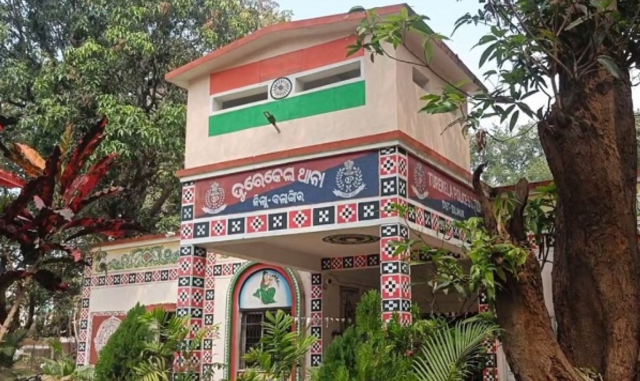The long-awaited restoration work of the Ratna Bhandar, the sacred treasury of the Shri Jagannath Temple in Puri, commenced today under the supervision of the Archaeological Survey of India (ASI). The Shri Jagannath Temple Administration, following a crucial decision, entrusted the ASI with the task of repairing and preserving the revered structure. The work began on Saturday morning between 9:00 AM and 9:30 AM, marking a significant step in safeguarding the temple’s historical and spiritual legacy.
According to Janardan Pattayoshi Mahapatra, the Nayak of Chhatisha Niyog, the restoration started in the presence of key temple officials, including Deuli Karan, Tadha Karan, Bhandar Mekap, a representative of the Gajapati, the temple’s Niti Administrator, and ASI officials. The ASI has been directed to complete the repairs before the Niladri Bije ceremony, scheduled for July 6, 2025, ensuring the work aligns with the temple’s religious calendar.
The decision to initiate the restoration was finalized in a meeting chaired by the temple’s Chief Administrator, attended by ASI Puri Circle authorities and relevant temple servitors. It was agreed that the repair work would commence the day after the Rath Yatra, taking advantage of the period when the deities reside at the Gundicha Temple. Alongside the Ratna Bhandar restoration, the ASI will also undertake essential conservation and maintenance work across the Shri Jagannath Temple complex.
The Ratna Bhandar repairs were previously halted on April 29, 2025, due to significant temple rituals. With the deities away during the Rath Yatra, this period was deemed ideal for resuming the work. The ASI plans to replace approximately 90 khondalite stones and execute the restoration with precision to maintain the treasury’s structural integrity and aesthetic value.
This initiative reflects a collaborative effort between the temple administration and the ASI to preserve the sanctity and heritage of the Ratna Bhandar, ensuring its legacy endures for future generations. The timely completion of the project is expected to uphold the temple’s spiritual and cultural significance.





























